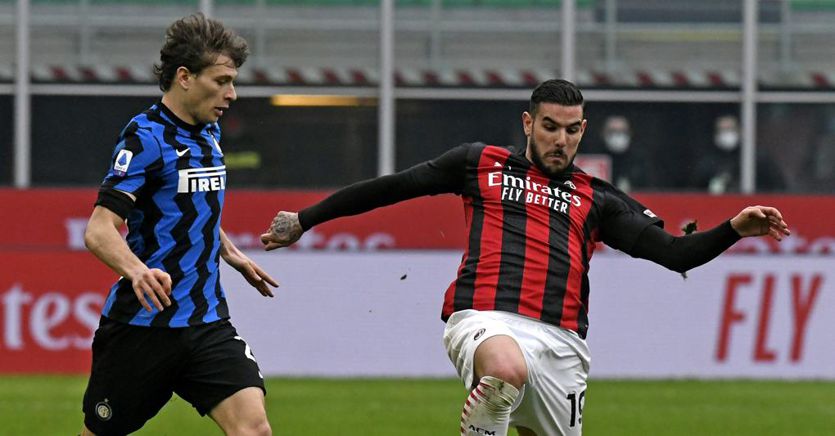The most important goal Milan and Inter, which tonight at San Siro face each other in a derby already crucial for the championship race, scored last Friday, obtaining from the council of the re-elected mayor Beppe Sala the confirmation of the public interest in the project of the new stadium (albeit with a further reduction of the building index to 0.35, the maximum envisaged by the Territorial Governance Plan). The decrease in volumes could lead to a revision of the economic and financial plan which originally envisaged investments of 1.2 billion.
What matters most, however, is that the new facility, to be inaugurated at this point in 2027, will allow for a consistent increase in matchday and no matchday income. In fact, this step is essential to start Milan and Inter’s run-up to the big names in Europe over the next five years. To compete with the club-states and the nobles of the Old Continent put to the test by panmdemia (especially Real and Barcelona, which however are carrying out futuristic projects to modernize their stadiums) it is necessary to increase revenues towards the threshold of 500 million per year.
In fact, at the end of the 2003/2004 season Milan were third in the European turnover ranking (with 222 million) and Inter eighth (with 165). In the first two places were Manchester United (with 259 million in revenues) and Real Madrid (with 236). The gap was therefore limited and has widened over the last decade. But the reshuffling caused by the health emergency can represent a unique opportunity to reverse the trend.
The road seems longer for Milan, which in the two years of the pandemic and outside the Champions League achieved average revenues of less than 250 million, while Inter stood above 350 million. However, the Elliot fund club is growing and seems able, in line with sporting performance, to catch up. The only 106 million net debt at 30 June 2021 (285 million gross), the positive trend of reduction of losses (from 194 to 96 million in the last 2 years) and the support of the fund that last season made contributions for approximately 130 million, represent a solid base.
Despite the difficulties of the Suning group, Inter have found autonomy and financial security (between transfer market operations and the indirect support of Oaktree), and last year made use of the 126/20 law to re-evaluate the library and brand and support the assets with an ad hoc reserve of 203 million. In the future, however, it appears a priority to reduce gross debt which today exceeds 800 million and carries over 30 million in annual interest (as of June 30th, receivables due amounted to 130 million and cash and cash equivalents to 97).
